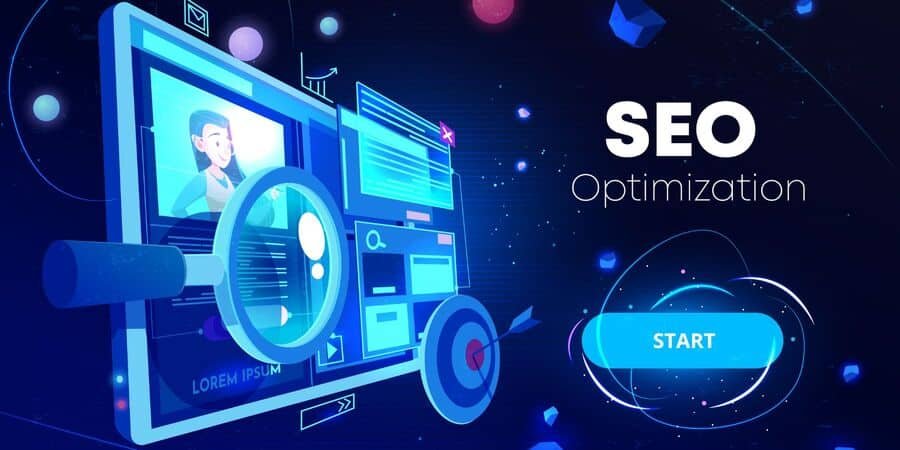SEO & AI: How to Combine Your Keywords with Semantic AI Search for Better Rankings

Search engines are evolving faster than ever. With Google’s AI Overviews and the rise of semantic search, traditional keyword stuffing is officially dead.
Table of Contents
ToggleToday, ranking high isn’t just about what words you use, it’s about what meaning your content delivers.
In this guide, you’ll learn how to combine classic keyword strategy with AI-driven semantic optimization to make your content visible to both humans and algorithms, and rise higher in search results.
Key Takeaways
- Understand how semantic search interprets intent, not just keywords.
- Learn to write for both humans and AI systems.
- Use AI tools for smart keyword clustering and topic mapping.
- Structure your content for AI Overviews visibility.
Build trust and depth through internal links and emotional tone.
1. What Is Semantic Search (and Why It Matters in 2025)

Semantic search means that Google and other AI-driven search engines no longer focus only on exact keywords, they analyze context, relationships, and user intent.
For example, if someone searches “best ways to use AI for small business marketing”, Google doesn’t just look for those words, it tries to understand what the user wants to achieve and finds results that best answer that intention.
👉 That’s why writing natural, informative, and human-like content is now more powerful than repeating keywords.
If you haven’t already, read our introduction to how Google AI Overviews impact blogs to understand how this shift affects your visibility.
2. Use AI for Smart Keyword Research

AI tools like ChatGPT, Surfer SEO, or NeuralText can help identify semantic keyword clusters, groups of related phrases that search engines recognize as connected.
For example, instead of targeting a single keyword like “AI songwriting”, you can include variations such as:
- “AI-generated music tools”
- “personalized song gifts”
- “AI for creative musicians”
This approach helps you reach a wider audience while staying relevant to one main topic.
👉 See how this works in practice in our article on AI side hustles, where multiple connected keywords strengthen each other naturally.
3. Write for Humans First, AI Second

Search engines reward content that feels real and trustworthy. The more authentic your tone, the more engagement you’ll get, which signals to AI that your content deserves to rank.
To keep your writing human-centered:
- Share personal experiences or emotions.
- Use clear, conversational language.
- Add examples, analogies, or stories.
👉 You can see this approach in our creative article about using generative AI in content, where emotion and storytelling make the topic relatable and SEO-friendly.
4. Structure Your Blog for AI Overviews

Google’s AI Overviews often pull concise, structured answers directly into search results. You can optimize for that by:
✅ Using short paragraphs and clear H2/H3 headings
✅ Adding FAQ sections with direct, factual answers
✅ Including bullet points or numbered lists
✅ Writing naturally around semantic keyword clusters
Pro Tip: The first 100 words of your post should summarize your main message clearly. AI often scans this part first when generating an overview.
5. Strengthen SEO with Internal Links

Internal linking builds trust and signals topical authority. Link to other articles that expand your readers’ understanding.
For example:
- From this post, you could link to your article about AI tools for artists and creatives for those wanting to explore practical income ideas.
- You can also link to yourAI songwriting service if your audience wants to see AI creativity in action.
Each internal link strengthens your website’s semantic web, telling Google that your site offers deep, connected knowledge on the subject of AI and creativity.
6. Blend Emotion with Optimization

AI search favors authority, but human readers favor connection.
To win both, balance technical SEO with emotional authenticity:
- Use your personal story or motivation to open an article.
- Write naturally; don’t force keywords.
- End each post with an inspiring or emotional takeaway.
Your writing style at Get AI Grow already combines heart and intelligence, the exact mix that modern SEO needs.
Final Thoughts
Semantic AI search rewards websites that connect ideas and speak to intent, not just words.
When you combine keyword research, emotional writing, and smart structure, your blog won’t just appear in AI-generated summaries, it will shine.
So next time you write, remember:
“You’re not writing for Google. You’re writing with it.”
FAQ
-
1. What’s the difference between keyword SEO and semantic SEO?
Keyword SEO focuses on exact words; semantic SEO focuses on meaning and intent.
-
2. How can AI help with keyword research?
AI tools analyze thousands of related queries and help you create clusters that improve your ranking.
-
3. Can emotional writing still be SEO-friendly?
Yes—Google now rewards content that demonstrates authenticity, clarity, and helpfulness.
📩 Want to Learn AI from Scratch? Start Here.
Sign up to get free tips, beginner-friendly tools, and a downloadable ebook to help you start using AI — even with zero experience.
When you subscribe, you’ll get:
-
✅ A free ebook: “3 Ways to Start Using AI to Make Money”
-
✅ My best tips for beginners (no jargon, no hype)
-
✅ Updates when I release new tools, templates, or lessons


